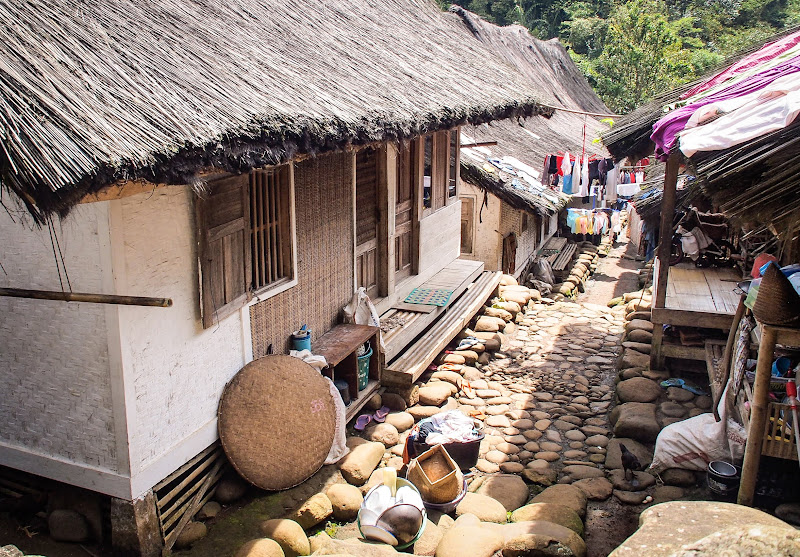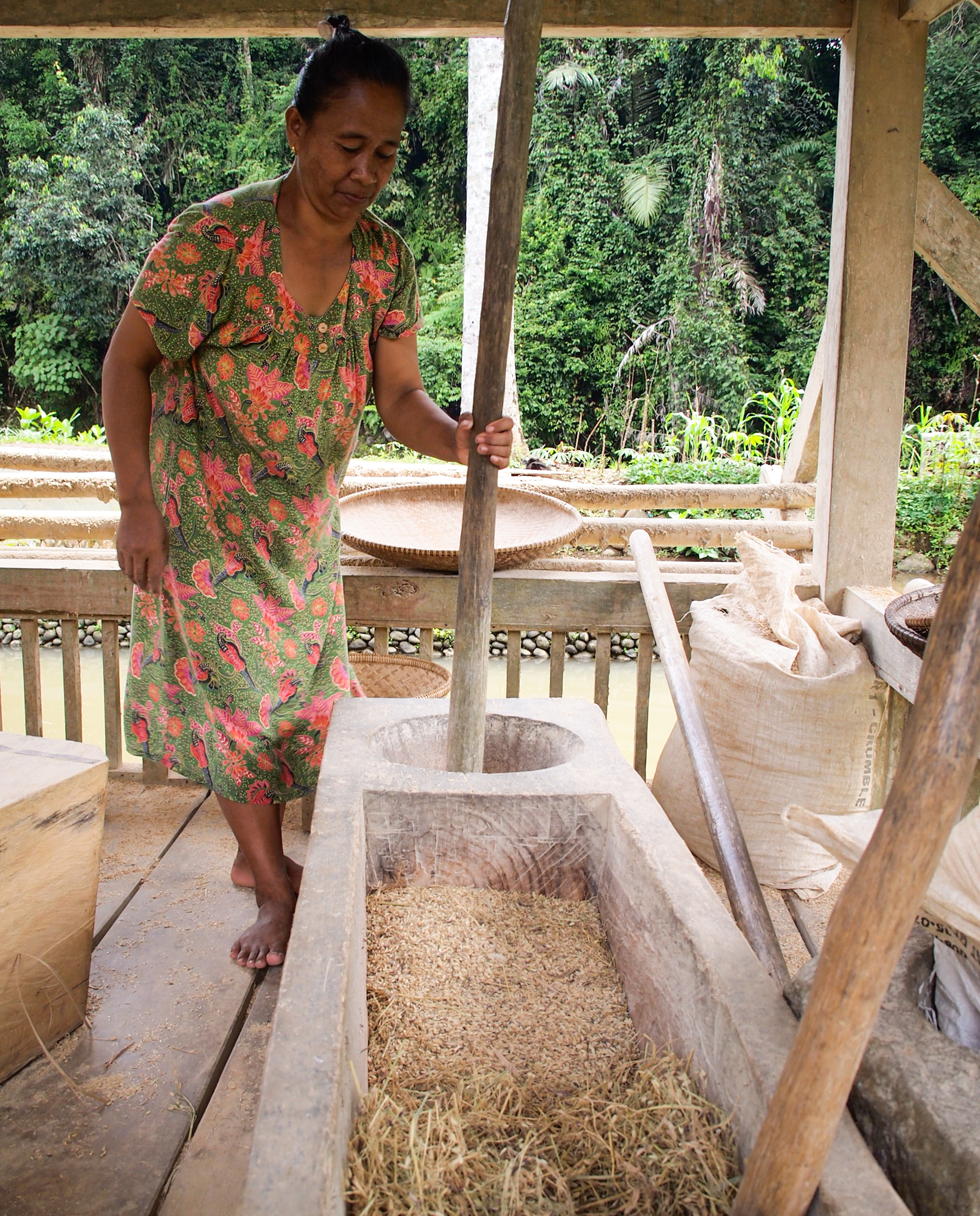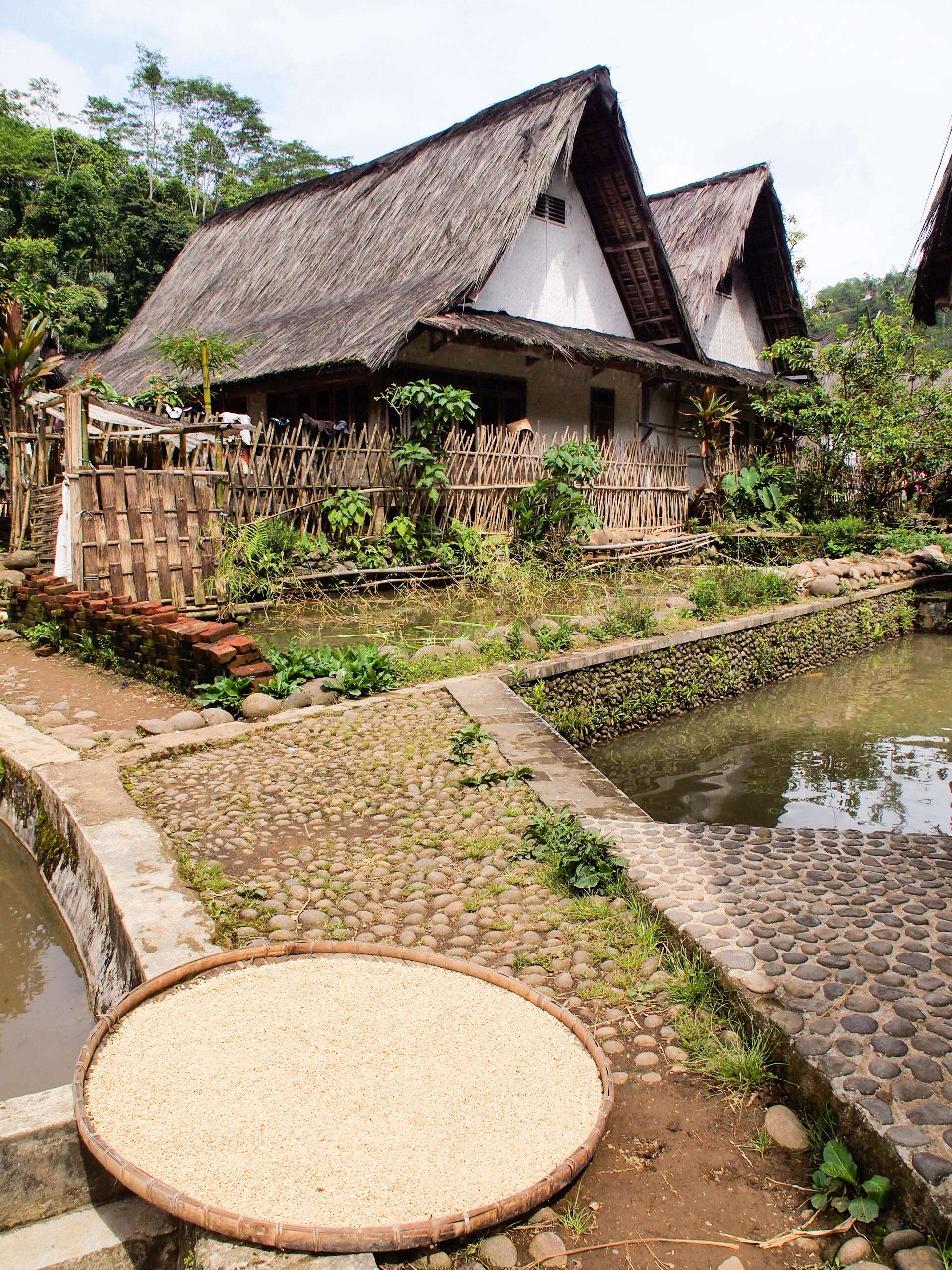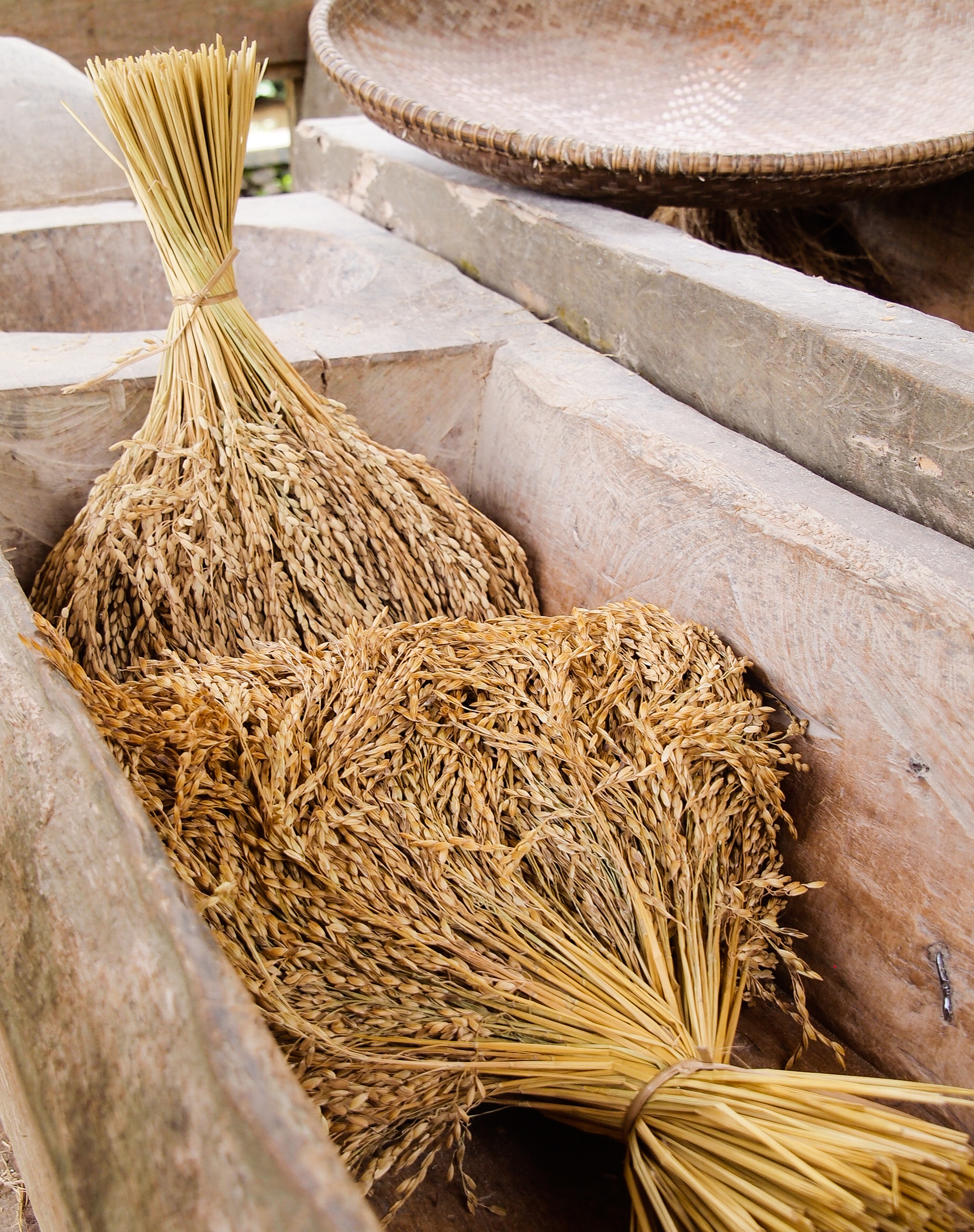Tasikmalaya, West Java, Indonesia
Kampung Naga
Everytime Jack and I visit my family in Jakarta, my parents would plan an epic road trip that inevitably involves all 5 of us stuck in traffic for hours on potholed rural roads. Or worse if we’re really unlucky.
Most families bond over dinner in their living room, mine bonds over boiled peanuts and fried tofu from street vendors, bought and eaten during these countless roadtrips. As an extended family we’ve driven all over Java, even as far as Bali at one point.
On our last visit (Dec 2014), we kept the roadtrip short because we only had 4 days due to my brother’s school. As a destination, I was championing for Garut/Tasikmalaya, a town on the south eastern part of West Java. I wanted to see Kampung Naga and the nearby body rafting destination, Green Canyon. My parents had always been reluctant to visit this region because the roads were often washed out after a period of heavy rain.
READ: The prettiest beach in all Java with no crowds
“How bad can it be?” – I reasoned. “It’s rainy season. So it would be pretty bad”, they warned.
I cajoled. And I wore them down.
Well, after a total of 6 hours of rutted roads with man-sized pot holes, treacherously hidden under an inch of muddy water I had to admit, it was really, really bad. My throbbing lower back reminded me how badly lacking the infrastructure in my home country is still. But fueled by baskets of fried tofu everyone managed to keep their spirits high. It was all just part of the adventure.
As soon as we got to Kampung Naga, Jack and I flung ourselves out of the car, eager to stretch our legs and get away from the freezing interior of the car (what is it about Indonesians and AC?)
Down a few hundred concrete steps from the parking lot, lies our destination: the hamlet of Kampung Naga. Also known as “kampung adat Naga”, (kampung adat = traditional village).

The thatched roofs of Kampung adat Naga
In Kampung Naga there’s no electricity and motorized vehicle. And it’s all part of the attraction.
This community of 100+ houses have become a tourist attraction near Tasikmalaya (or even in Java) because despite the out of control development that has taken over the island, it still manages to cling to ancestral traditions and way of life. “Like the Amish but minus the beard,” Jack summed it up.
The villagers still abide to ‘adat’ – a set of informal laws that have been passed down from generations to generations.
This set of wisdoms governed the many details of the villagers’ everyday life including how the houses were built.
All the houses in Kampung Naga had a raised floor, kept off the ground by cement or wood blocks. ‘Adat’ specified that the materials with which to build the roofs and walls (‘alang alang’ – a type of wild grass), and which direction the front doors need to face (either North or South).
This helped explain the unique layout and look of the houses in Kampung Naga.


The grass roofs
The houses in Kampung Naga are laid out in grid like form, with doors opening to a shared dirt ‘hallway’.
The villagers of Kampung Naga lived off the land as much as they could. The river running alongside the village provides water for bathing and irrigation. There were fish in ponds, goats and chicken in wooden pens.
They grew rice and vegetables in the surrounding fields. The rice grown here was still milled in the traditional way: by hand pounding in a mortar with a pestle.
The hut over the water where the rice for the village is dried and milled.



They also made grass baskets and other souvenirs that they would carry up the 400 or so steps up to the parking area to sell to tourists.

Weaving baskets to sell to tourists
Jack, as a foreigner, attracted quite a bit of attention here. I have a feeling that unlike Borobudur and Yogyakarta, few foreigners come to this part of Java. Somehow, Jack being gawked at made me feel better about visits such as this where I can’t help feeling like such a voyeur.

Upon learning that we live in the States, these 2 girls quizzed us on all sorts of celebrities. Unfortunately, Justin Bieber was the only name we recognized (and he’s Canadian!)
There’s something almost surreal about Kampung Naga. The villagers here might live simply by Western standard but there’s an air of prosperousness and pride. The dirt paths looked they had just been swept. The white-walled houses were well maintained. Everyone wore big, friendly smiles on their faces.



And the location couldn’t be more scenic.

Approaching Kampung Naga
Thanks for reading about Kampung Naga Tasikmalaya (read more about this fascinating village here). For more roadtrip ideas around West Java, check out my posts on our favorite beach in Java, the best chicken noddle, and that one time my whole life flashed before my eyes.





Questions and Comments
Comments are disabled. If you have any questions about the post, you can DM me on Instagram: @jacknjilltravel.